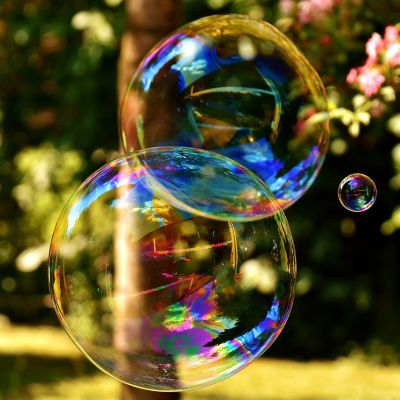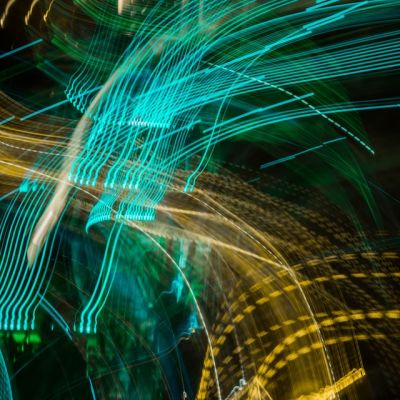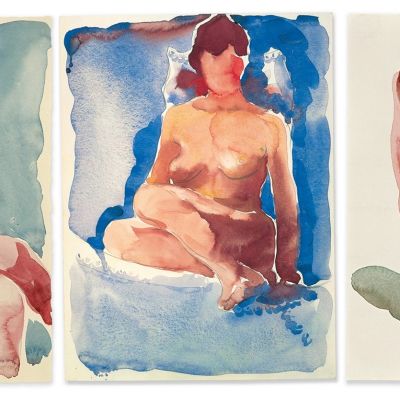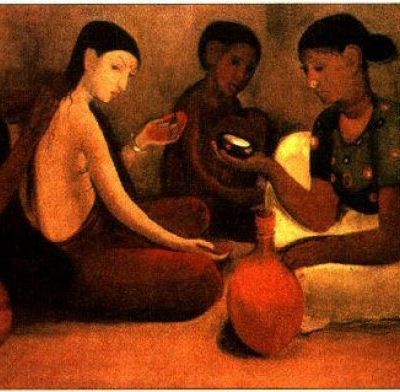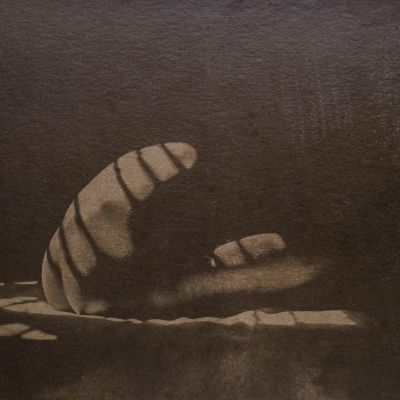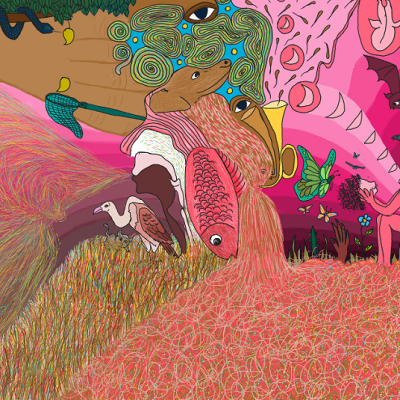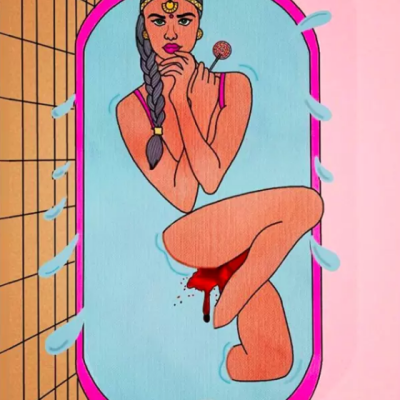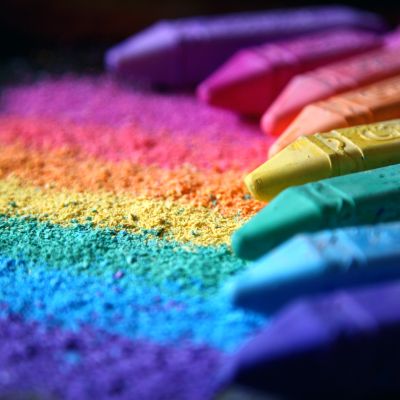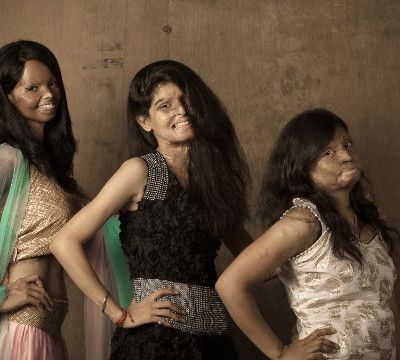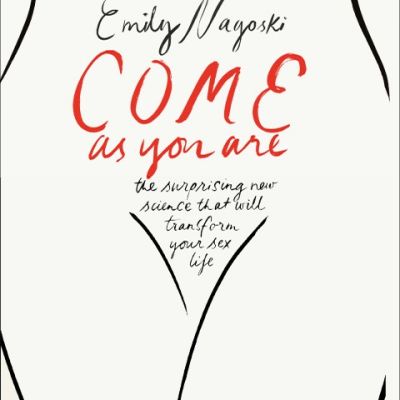Body
For I was a woman / Taught to chain herself gracefully / In an invisible cage.
Fragile and fleeting like soap bubbles, pleasure shines with many colours. But its iridescence is frightening for many. Perhaps because its colours change in unpredictable and uncontrollable ways, and though fragile and fleeting, it is a world in itself
Our most powerful, sexy, responsive and attractive sexual organ may be the mind, but it is through the body that we express and experience our sexuality. Our body is our first and primary home; whether we truly feel at home in it is another matter.
Who is this that works my hand?
Who is this that moves my pen?
Touch is a beetle creeping on this foreign thing
That wears my body like an evening.
As shocking as his request for a nude was, what confused me even more was why would he want nudes from me, a woman who hated her body? Would he appreciate these saggy breasts with their stretch marks? My ever growing thighs and my belly which has body hair on it, wouldn’t he think I’m ugly?
[slideshow_deploy id=’5490′] To some Amrita Sher-Gil is the ‘Indian Frida Kahlo’. This month we feature five of her paintings which show women…
For the last seven years, I have been working on a body of work titled Hotel Rooms themed around fluid male sexuality, mental health, queerness, and challenging deep-rooted societal gender binaries.
Body is born, as a collection of many parts, into the various collections of bodies. Different combinations or collections are projected onto various historical, spatial and temporal dimensions, out of our needs, desires and capabilities.
“Every type of body is beautiful, and more importantly every type of body is different,” says artist Veer Mishra while describing Body, his series of illustrations. This ‘difference’ is the essence of what he tries to portray through his art.
The misconceptions associated with the varied manifestations of femininity can be exceedingly deleterious and reinforce gender roles, traditional patriarchal ideas, and stereotypes related to bodies, expressions and the way we experience our sexual and romantic relationships.
But what about the “moments we don’t Instagram”? What about the uglier parts of our physical lived realities? What about the parts of our body, our identities, our sexuality we don’t perform on social media, but are still an intrinsic part of who we are?
Taboos in relation to female desire, sexuality and the body are often addressed in my work. My recent artistic interest focuses on rituals that are primarily centred on agricultural communities in Bengal that involve the veneration of fertility symbols and celebration of feminine sexuality.
[slideshow_deploy id=’6065′] The following photographs question our notions of beauty and an ‘ideal’ body. Rahul Saharan shot a series of…
The story is so well told and is written with such a light, deft hand that it is almost easy to miss what makes it so quietly radical. To review it within the scope of exploring the coming together of literature and sexuality we must begin with its central cast of characters – the widows.
You should venture to read Emily Nagoski’s book, Come As You Are in public. Not because you want to make…


